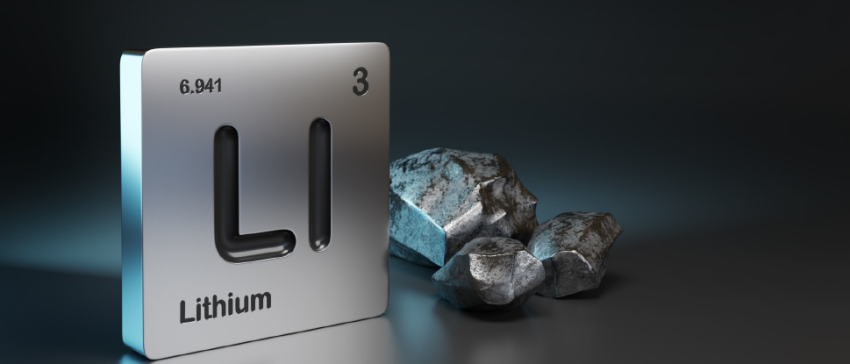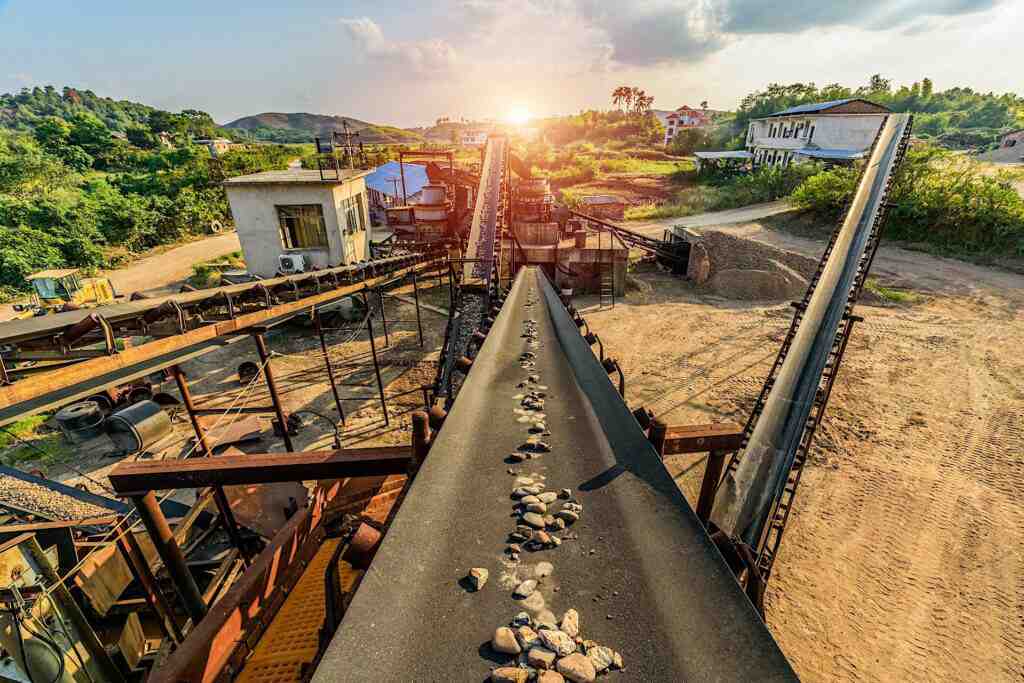
Lithium carbonate equivalent (LCE) production grew by 218kt in 2023 to 917kt, versus 2022 output of 699kt. 84% of the supply increase comes from expansions at existing mines rather than new projects entering production. LCE from conventional mining operations (hard rock mines producing spodumene or lepidolite concentrates) made up most of this increase. Given the higher average carbon intensity of these operations versus brine properties, this accounted for the increase in average carbon intensity of production. Looking to future years, continued growth in conventional lithium mining will continue to drag the average carbon intensity of lithium units in the market upwards.
The E1 (minesite direct and indirect emissions, plus applicable freight and onward conversion) emission intensity of brine and conventional production remained largely unchanged from 2022. Skarn calculates conventional lithium production to have average E1 intensity of 13.92 tCO2e/t LCE in 2023, whereas brine operations only emitted 2.54 tCO2e/t LCE. The largest cause of increased emissions intensity for conventional mines is that spodumene or lepidolite concentrates need to be further processed to yield either hydroxide or carbonate products, whereas this is not required for brine operations as their process directly outputs these chemicals.
Moreover, the high energy use in the conversion stage, typically from direct heating through natural gas, means that the conversion step accounted for 10.92 tCO2e/t LCE, or nearly 80% of the total intensity.
Currently, conventional supply is dominated by countries such as Australia, Brazil and China, representing 61%, 4% and 34% respectively. Australian concentrates are typically shipped to China for conversion where the process is less efficient and coal power is prevalent within the grid mix. Operations expected to come online between 2024 and 2030 will benefit from...
This article is continued in edition 41 of the Skarn Bulletin
MORE FROM SKARN

About Us
Skarn Associates is the market leader in quantifying and benchmarking asset-level greenhouse gas emissions, energy intensity, and water use across the mining sector.
